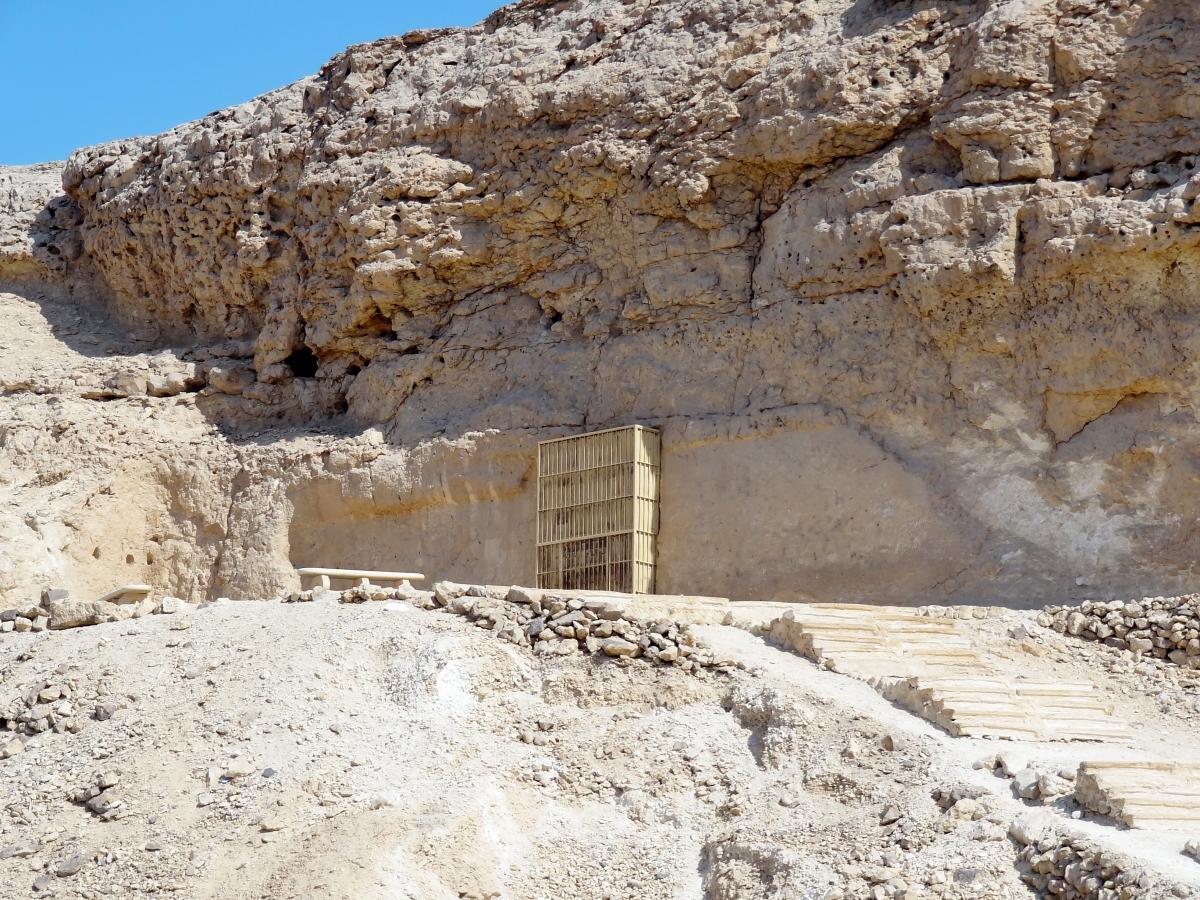
Inside Luxors Tombs of the Nobles
Luxor is home to some of the most spectacular ancient tombs in all of Egypt. The Tombs of the Nobles are one such example, located around the Valley of the Kings and Theban Necropolis. These tombs were built as burial places for important members or leaders associated with Luxor's 18th Dynasty (1550-1295 BC). Not only do these sites serve as a reminder of Luxor’s glorious past, but they also provide a glimpse into how life was lived during that time period. Artwork found inside these tombs depict scenes from everyday life and offer insight into what it was like living in Ancient Egyptian society. Additionally, studying these artifacts can help us gain an understanding about religious beliefs held by Egyptians at this time as well as their funerary practices. As such, exploring and preserving these monuments is incredibly important for our knowledge-base on this unique culture and its history.
History of the Tombs
The Tombs of the Nobles in Luxor have a long and storied history. Dating back to the 18th Dynasty (1550-1295 BC), these tombs were built as burial places for powerful leaders, rulers, and other important members associated with Luxor’s Ancient Egyptian society. Archaeological evidence suggests that many of the tombs were decorated with intricate artwork depicting scenes from everyday life or religious beliefs at this time. These works provide valuable insight into what it was like living in Ancient Egyptian society during this period, allowing us to gain a better understanding of their culture and its practices.
The development of these tombs is closely tied to Egypt’s New Kingdom which spanned roughly from 1550-1070 BC. During this time period, local authorities began commissioning larger scale projects such as those seen in Tomb of Rekhmire or Tomb KV35 - both located within Theban Necropolis. While some were commissioned by Pharaohs themselves - such as Thutmose III who had his tomb constructed on site - most belonged to governors and officials under them who held significant influence over Luxor’s region at that time. It is believed that much of the artwork found inside these monuments was created by skilled artisans employed by Pharaoh himself, while others may have been crafted independently for their own personal use or even just decoration purposes only.
Today visitors can explore these ancient sites either through guided tours or self exploration depending on preference; however they must take caution due to some areas being open air spaces without adequate protection against harsh environmental conditions present in desert regions such as Luxor’s Valley of Kings where many are located. Regardless, exploring Tombs Of The Nobles provides an invaluable opportunity for modern day visitors to experience firsthand how early Egyptians lived and worshiped thousands years ago through exquisite artwork preserved within walls still standing today
The Lavish Art in the Tombs
The use of color in the tombs found at Luxor’s Valley of Kings and Theban Necropolis is just one example of how these monuments were used to express Ancient Egyptian beliefs about life and death. These burial places were filled with vivid hues ranging from bright shades of red, yellow, blue, green and black that served as a reminder to those who visited them that death was not the end but instead an opportunity for a new beginning. Many paintings featured inside depict scenes from the afterlife such as gods or goddesses bringing offerings to the deceased individual or animals leading them on their journey into eternity. This imagery provided comfort to mourners in knowing that death was simply part of a greater cycle rather than something final and permanent.
In addition to providing visual representations of what could be expected after passing away, many tombs also include depictions of everyday life during this period in Ancient Egypt - including images depicting daily activities like farming, fishing or hunting along with larger gatherings such as funerals or festivals being held by local communities. These works provide us more insight into what it must have been liked living during this time period by giving us an idea about their culture - from religious rituals all the way down how they interacted with each other on a day-to-day basis - which can help deepen our understanding about its history today.
Exploring the Sheikh Abd el-Qurna Site
Located on the west bank of the Nile River, Sheikh Abd el-Qurna is an ancient Egyptian site housing a vast collection of tombs and monuments. The main entrance to this sprawling archaeological complex leads up a staircase that gives visitors access to two distinct areas - the Northern Hill and Southern Hill.
The Northern Hill is home to some of Sheikh Abd el-Qurna’s most iconic monuments such as Tomb KV35 which was built for Pharaoh Thutmose III or Tomb TT10 belonging to Amenemopet (an 18th Dynasty noble). This area also houses several smaller tombs such as those belonging to Ahmose-Nefertari (the first queen of Egypt) or Hatshepsut, Pharaoh Thutmose I's daughter. Additionally, it contains multiple statues depicting various gods from Ancient Egyptian mythology including Anubis, Isis and Horus among others.
Meanwhile, the Southern Hill holds additional structures like Tomb KV20 which once belonged Semenkhkare (son of Pharaoh Akhenaten), alongside other gravesites believed to be associated with members his court - making them valuable resources for understanding life in Ancient Egypt during its Amarna Period (1353-23 BC). It also features beautiful reliefs inside its walls detailing scenes from everyday life at this time along with depictions honoring deceased royalty and nobles who were buried there centuries ago.
Overall, exploring Sheikh Abd el-Qurna provides visitors with an invaluable opportunity not just learn about Ancient Egyptians but experience firsthand their culture through artwork that has been preserved within these incredible sites for thousands years now
Restoration and Preservation
Recent Efforts for Restoration and Preservation
In recent years, there has been an increased focus on the restoration and preservation of Luxor’s Tombs of the Nobles. In 2014, Egypt's Ministry of Antiquities began a campaign to restore these monuments in order to ensure their longevity for future generations. This included initiatives like conserving surfaces against erosion due to weather or other natural causes as well as reinforcing structural stability within tombs that were beginning to show signs of deterioration over time. Particular attention was also given towards preserving any artwork contained inside these sites with experts restoring colors used in paintings back to their original vibrancy using modern techniques such as laser technology.
Additionally, efforts have also been made by local authorities toward raising awareness about the importance of protecting these monuments from vandalism - something that had become increasingly common throughout 20th century due irresponsible tourism practices at this time period. To combat this problem, new regulations have now been put into place restricting visitors from entering certain areas or taking photographs without permission; while additional security staff has also been hired around locations containing particularly sensitive artifacts so they can be monitored more closely than before.
The Significance of Preservation
The preservation and restoration efforts currently underway at Luxor’s Tombs Of The Nobles is incredibly important not just for our understanding Ancient Egyptian culture but also its history overall - allowing us to gain insight into how life must have looked like during 18th Dynasty (1550-1295 BC). Additionally, it helps maintain some semblance of continuity between past and present by highlighting our shared human experiences no matter what era we come from - whether it be through depictions honoring deceased royalty or scenes depicting everyday activities found inside walls still standing today after thousands years since being built originally. As such, exploring these sites serves both educational purposes (in helping us learn more about early Egyptians) along with spiritual ones (allowing us connect with those who passed away long ago) making them invaluable resources worth protecting
Conclusion
In conclusion, Luxor’s Tombs of the Nobles are a remarkable testament to Ancient Egyptian history and culture that deserve to be preserved for future generations. Not only do they provide us with an invaluable opportunity to learn more about this period in time through artwork and artifacts contained within them but also help bridge the gap between past and present by highlighting our shared human experiences no matter what era we come from. Additionally, recent efforts aimed at restoration and preservation of these monuments has been incredibly important in ensuring their longevity so they may continue offering visitors insight into life during 18th Dynasty (1550-1295 BC) for many years yet to come.
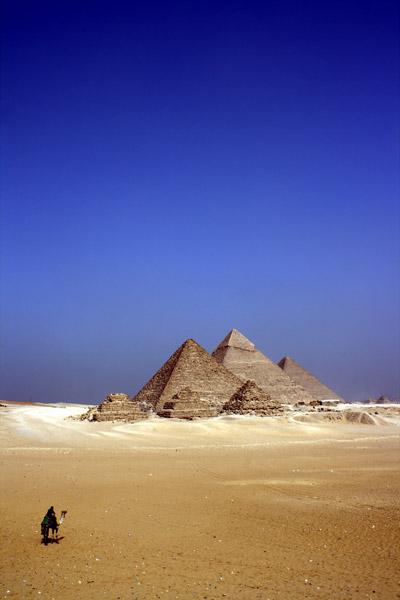

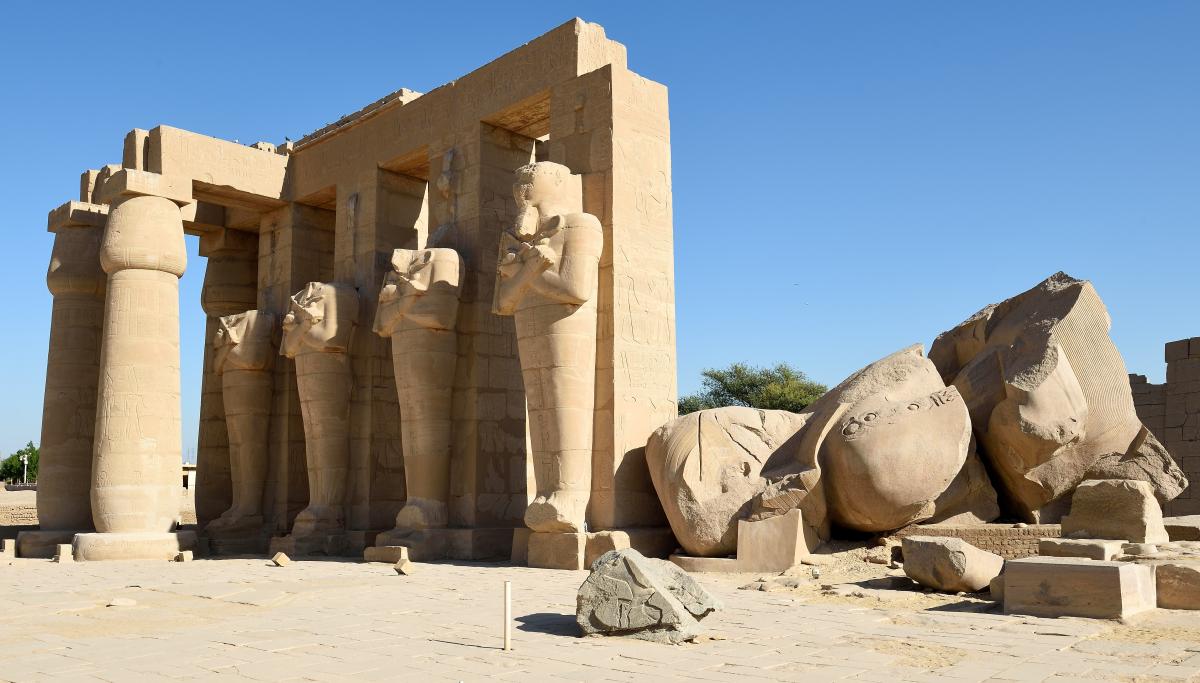
Across the Nile River from the bustling modern city of Luxor lies a landscape of dramatic dualities that shaped the beliefs and lives of the ancient Egyptians . The West Bank presents a stark transition from a verdant, life-giving floodplain, created by millennia of the Niles annual deposit of fertile...
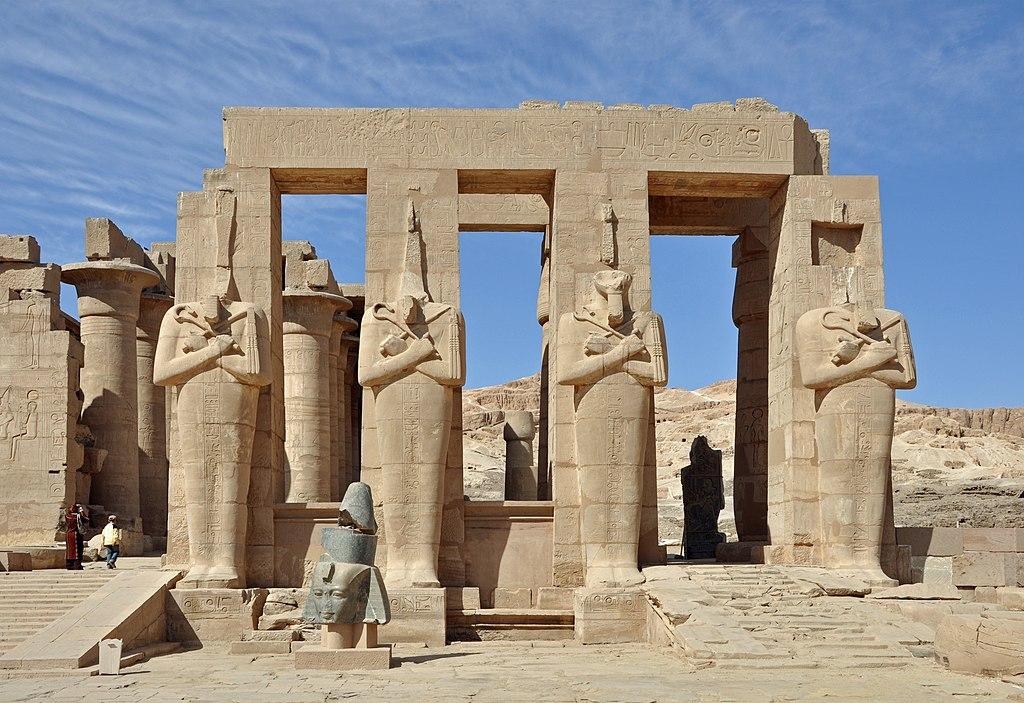
The Ramesseum Temple is a grandiose monument located in Luxor, Egypt. Built by Ramses II during the 19th Dynasty of ancient Egypt, it was designed as an homage to the great pharaoh and his accomplishments. The temple complex consists of two main structures: a large pylon gateway and a hypostyle hall...
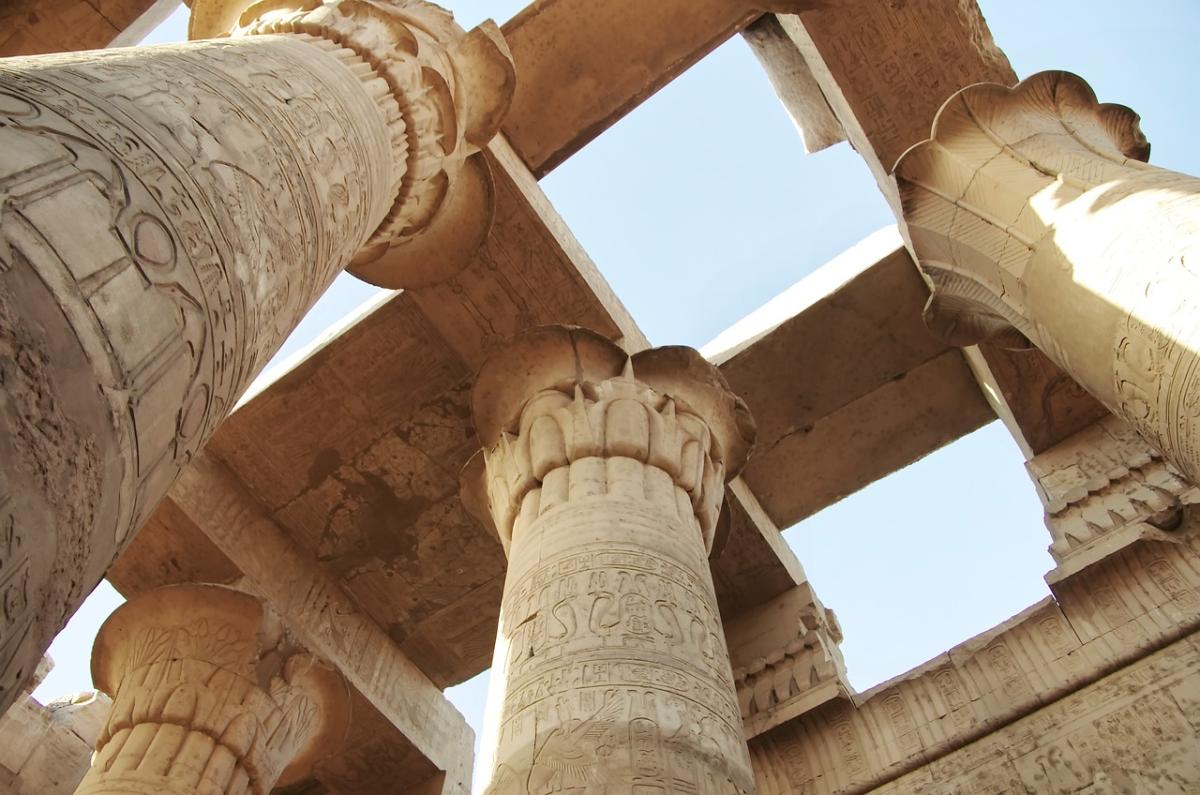
Karnak Temple is one of the most awe-inspiring ancient sites in Egypt. Located near Luxor, Karnak was once a bustling religious center dedicated to the god Amun and his consort, Mut. Dating back thousands of years, this incredible temple complex has been gradually built up over time by generations of...